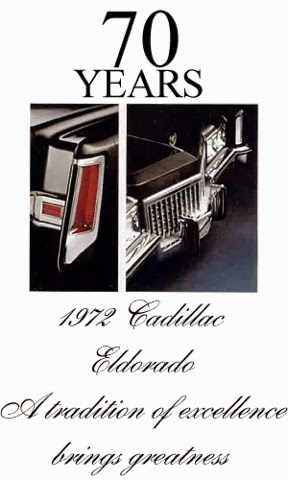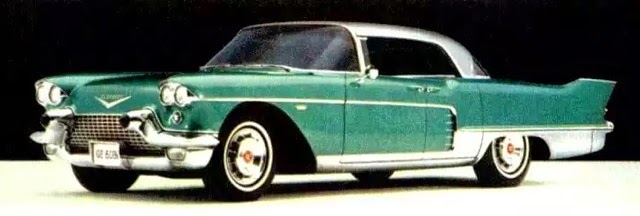
Realizing that the styling introduced for 1971 wasn't being fully accepted by the public, Cadillac styling set about making changes to correct the situation. The solution would come for 1975, but it was hoped that more incremental changes for 1973 and 1974 would be enough in the interim. A new superfine grille texture was introduced for 1974, with a vertical emphasis. Three bolder horizontal bars were evenly spaced to divide the grille. A thick bright brushed chrome header capped the grille, and featured Cadillac script engraved on the left side. For the second time in as many years, Eldorado received all new rear styling. The vertical taillights that had been perched in the upper ends of the rear fenders were gone, replaced by color-keyed flexible urethane extensions, in which vertical bumper ends were recessed. The taillights were now horizontal, and located below the deck lid, which retained its beveled styling from 1973. A brushed metal insert with Cadillac crest was placed in ...







